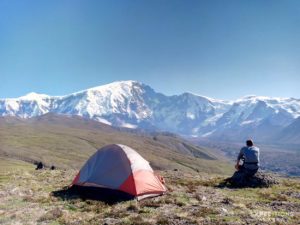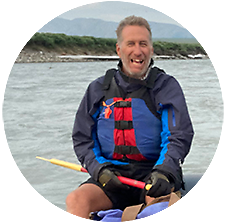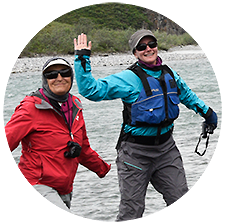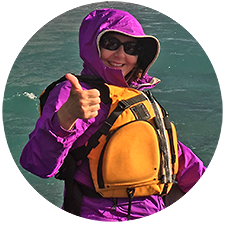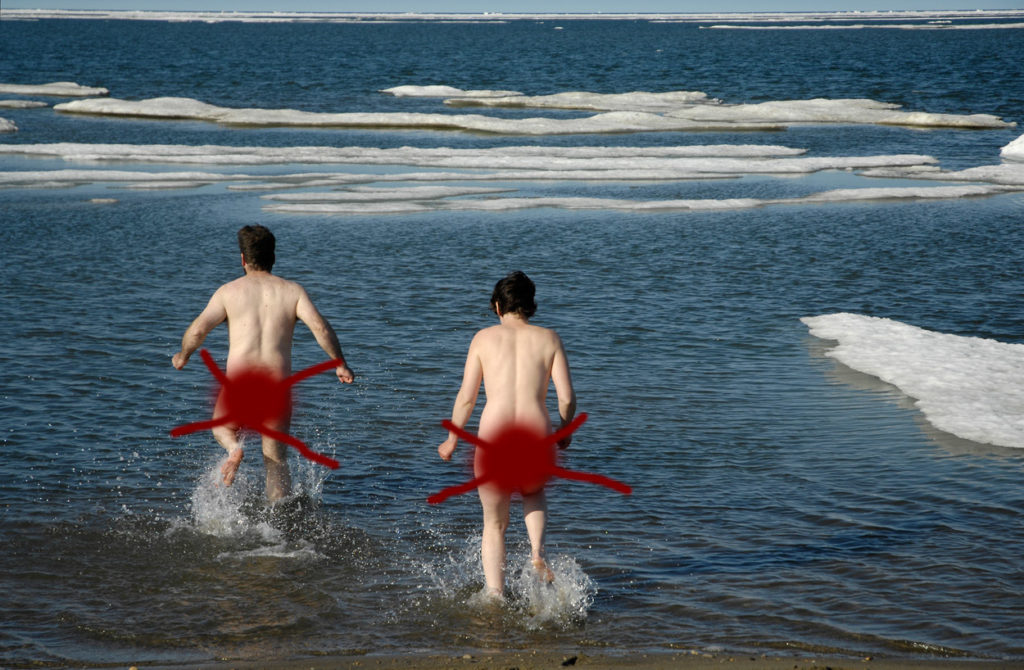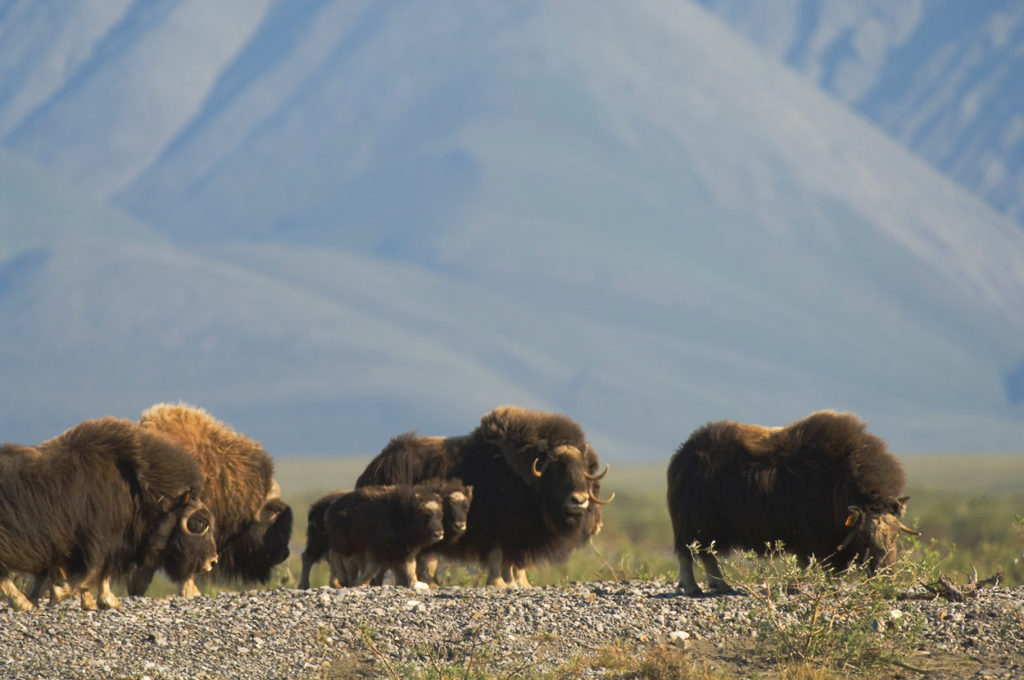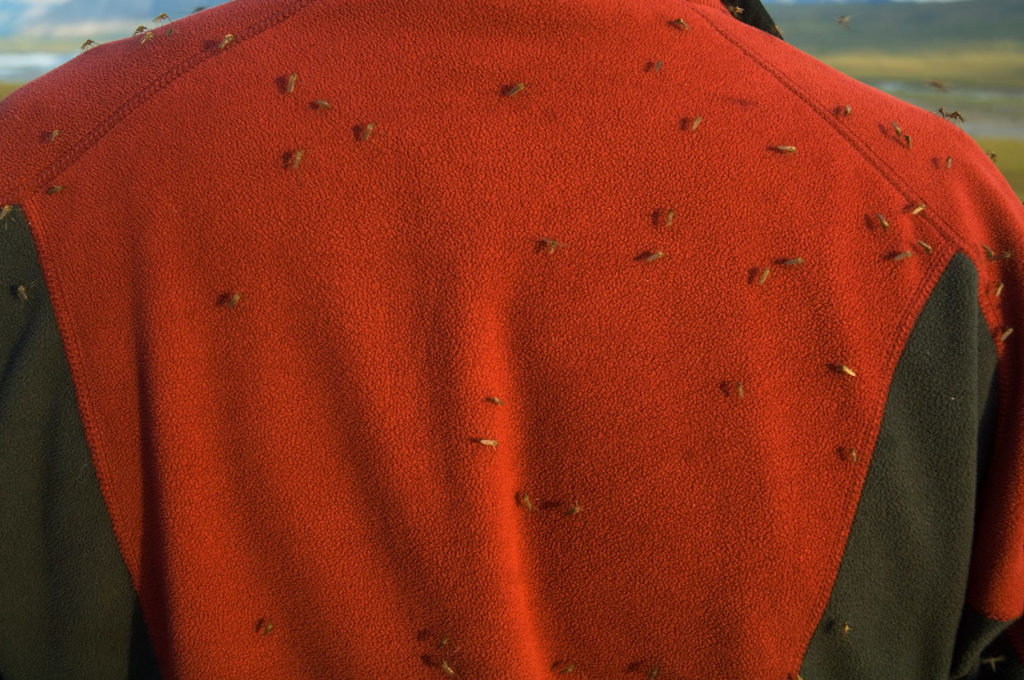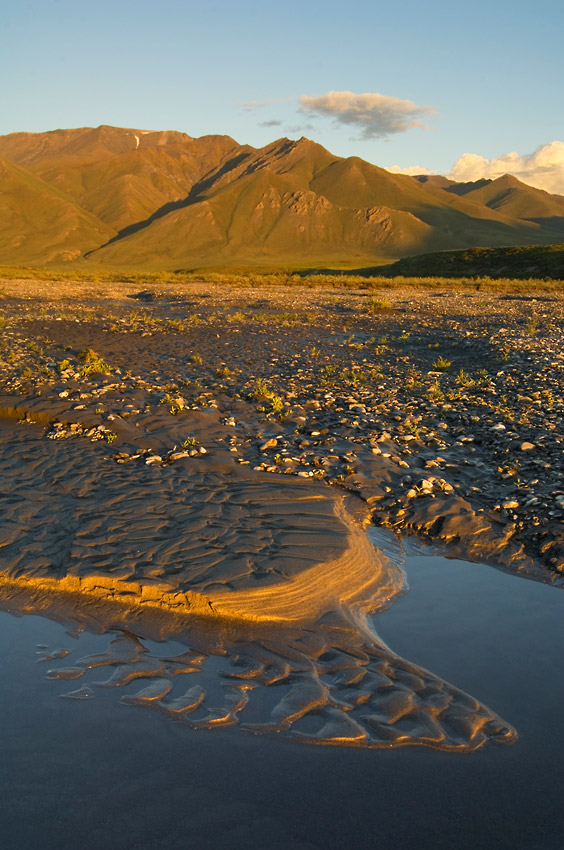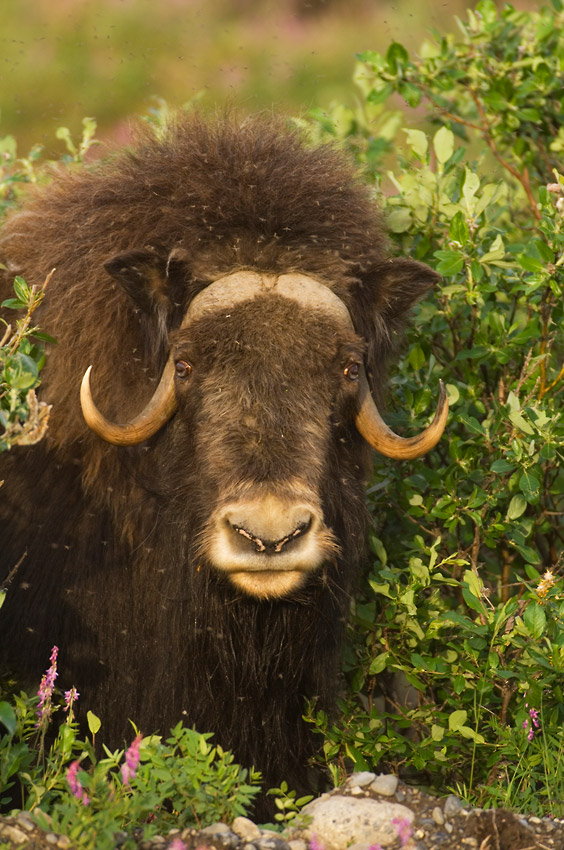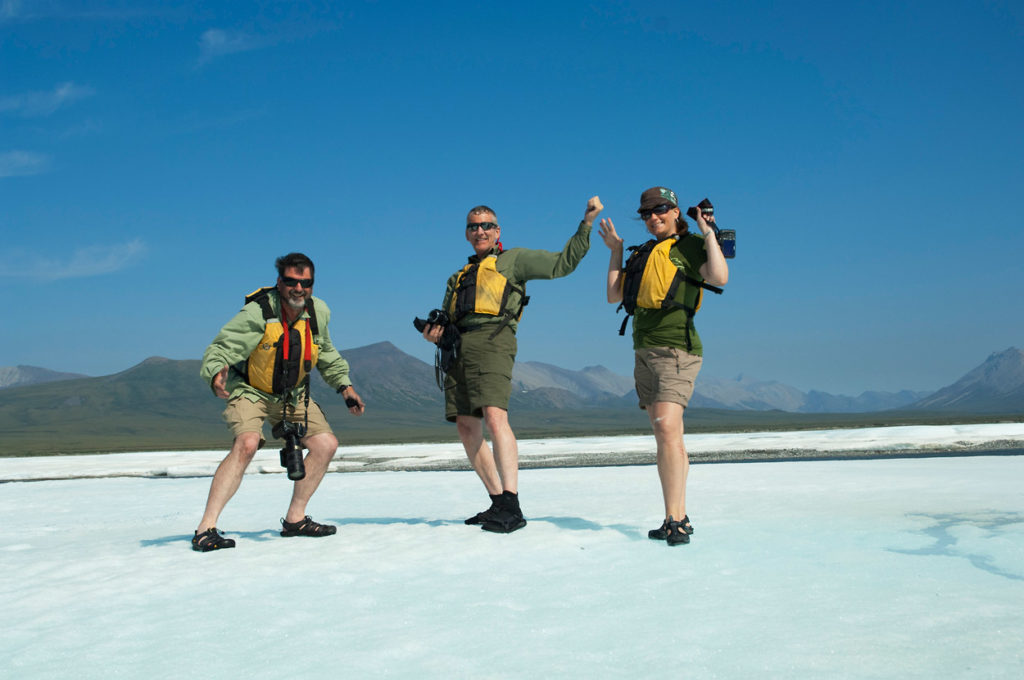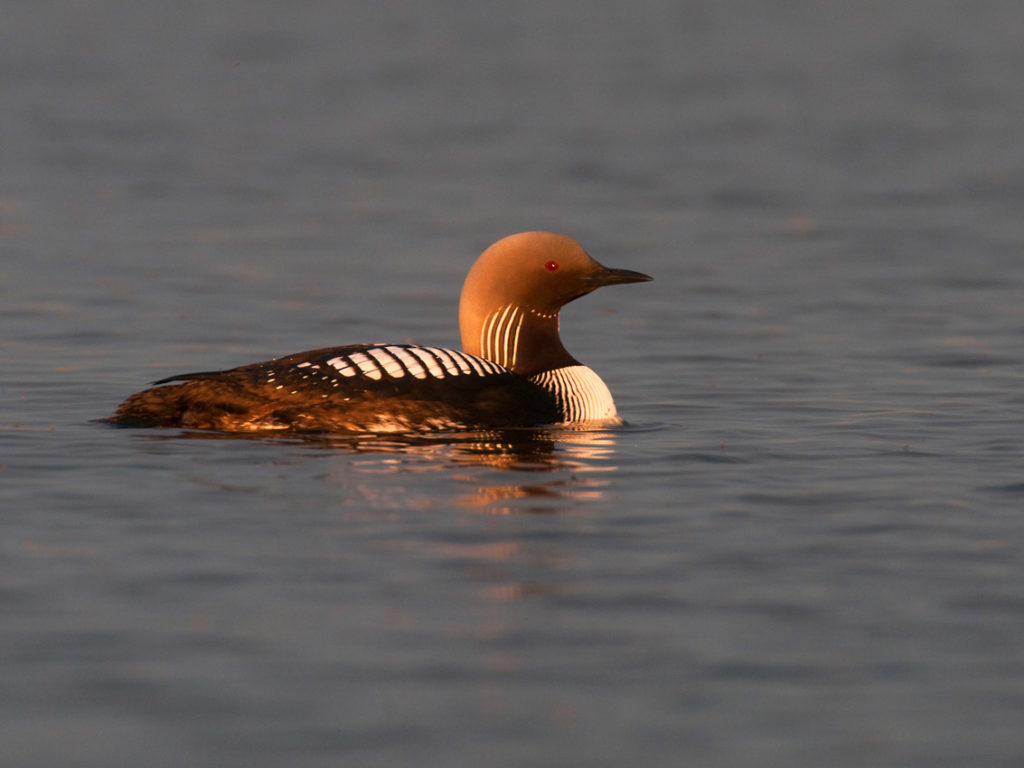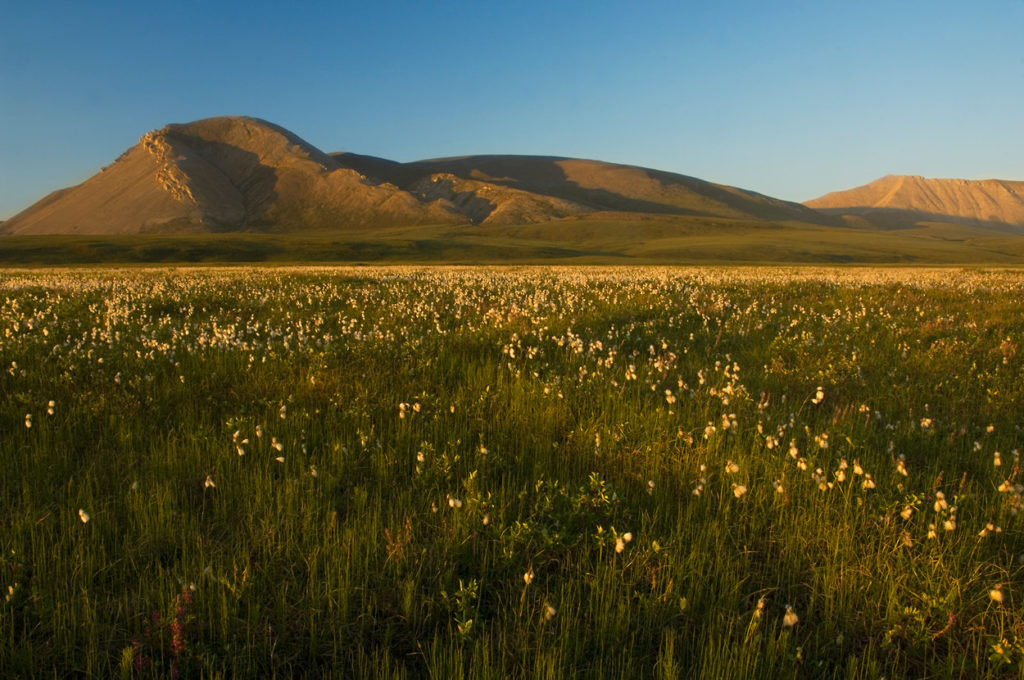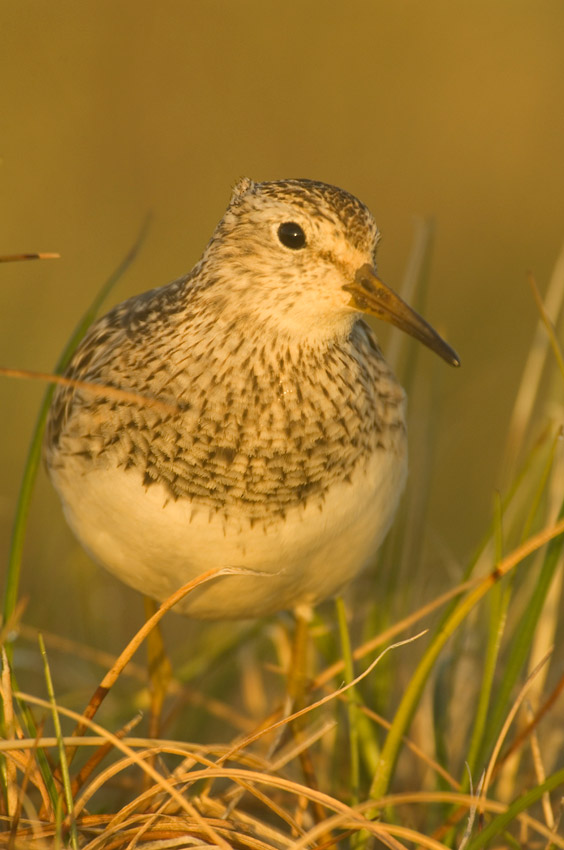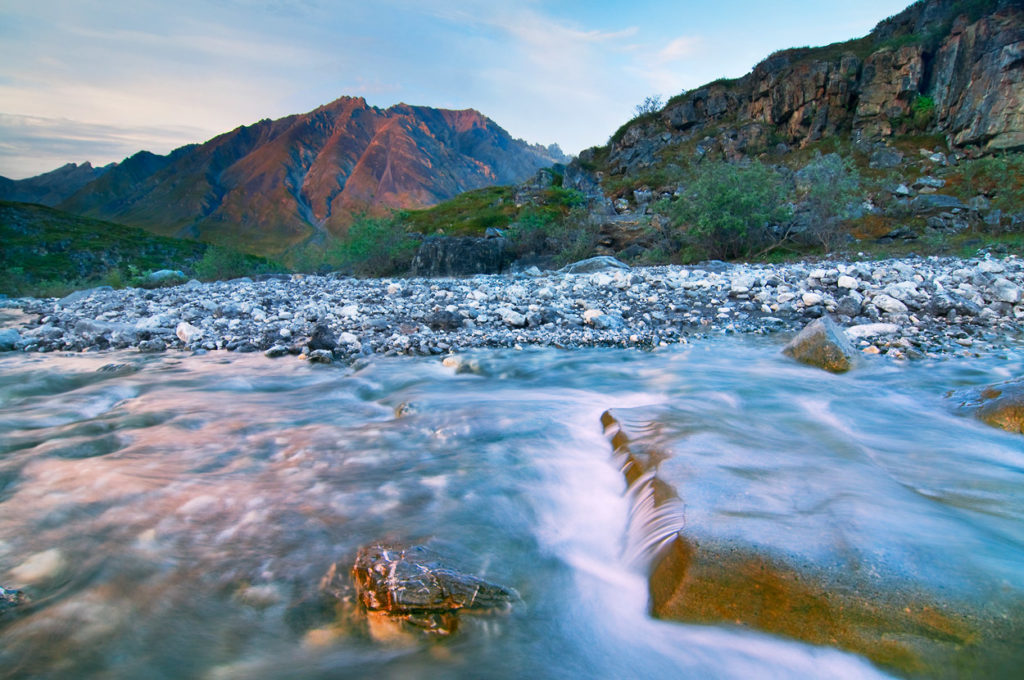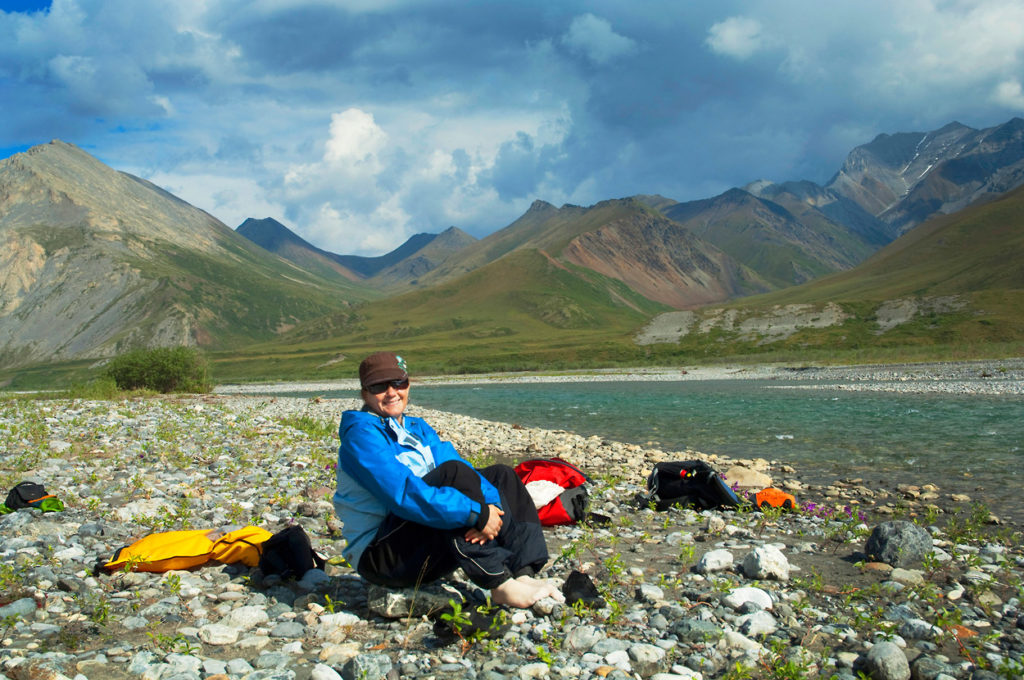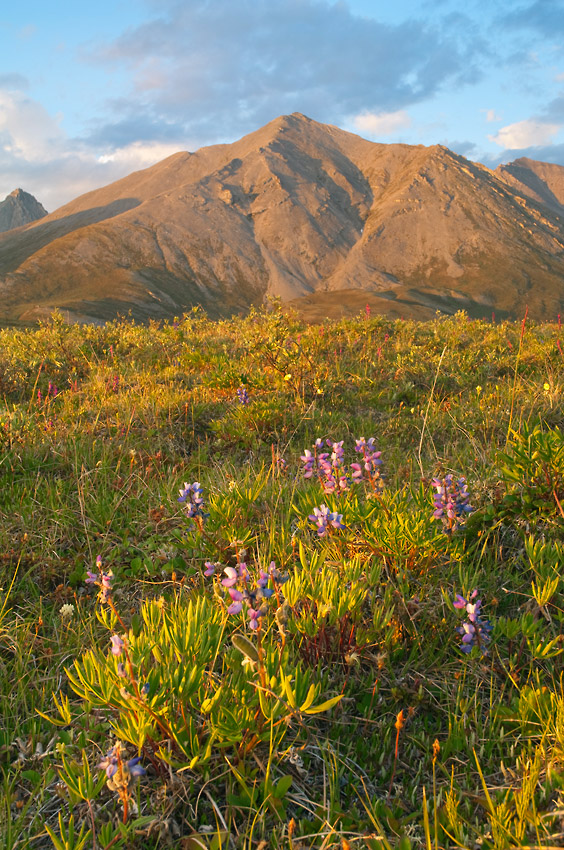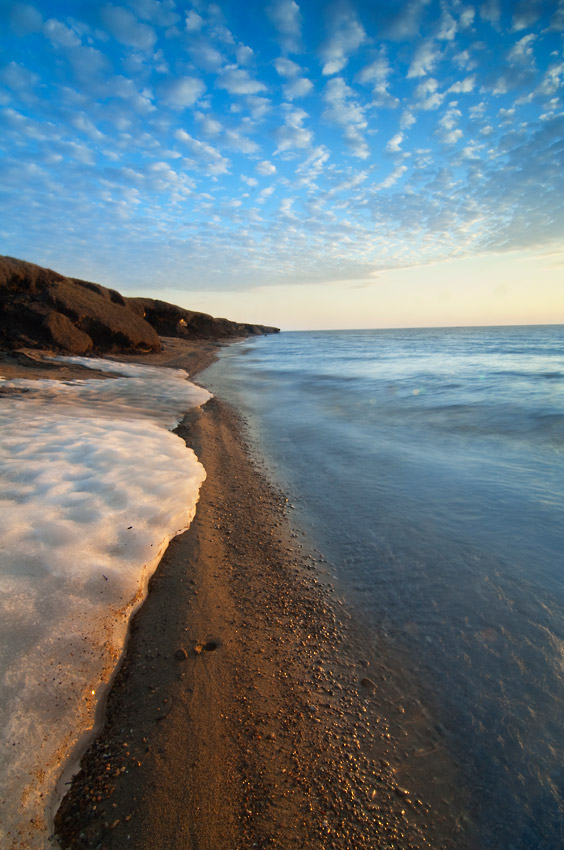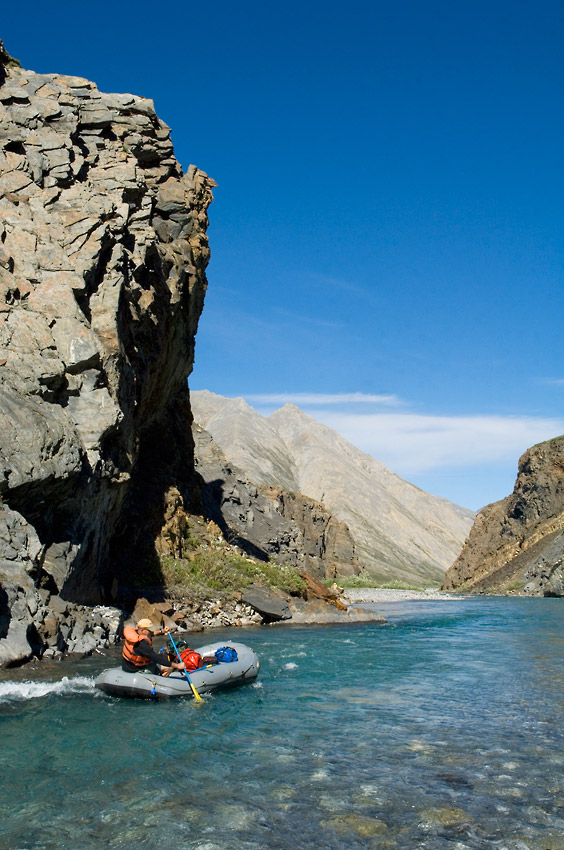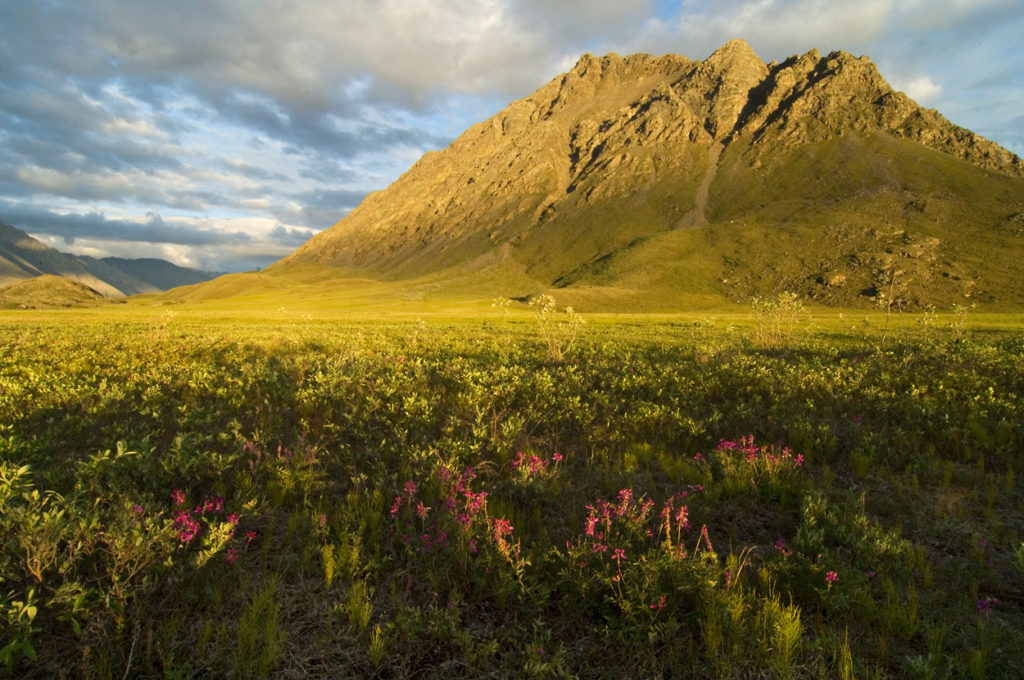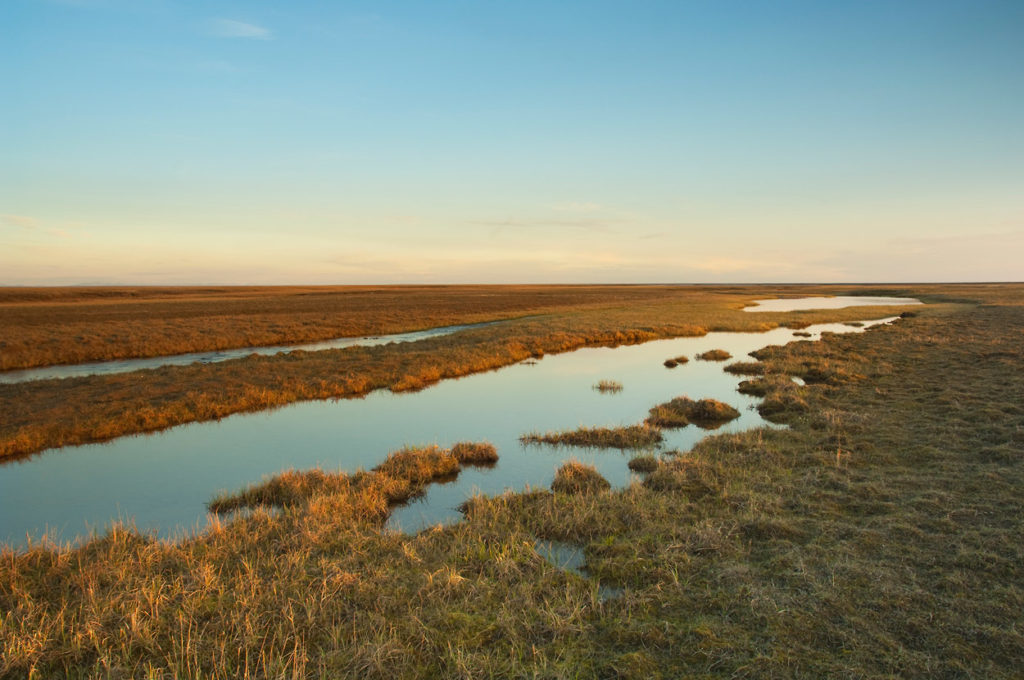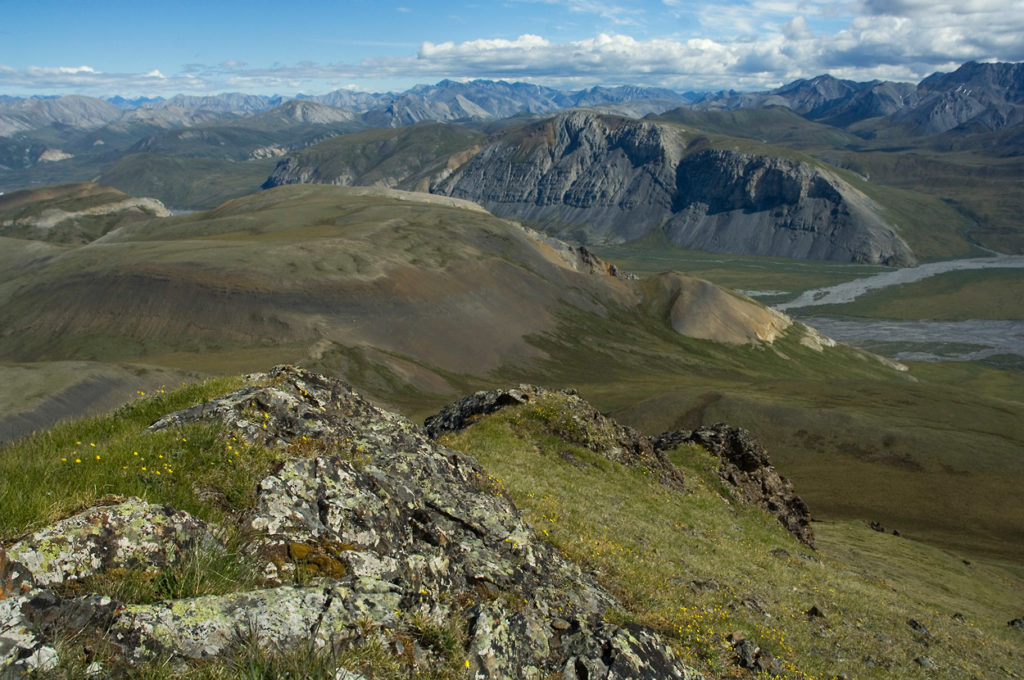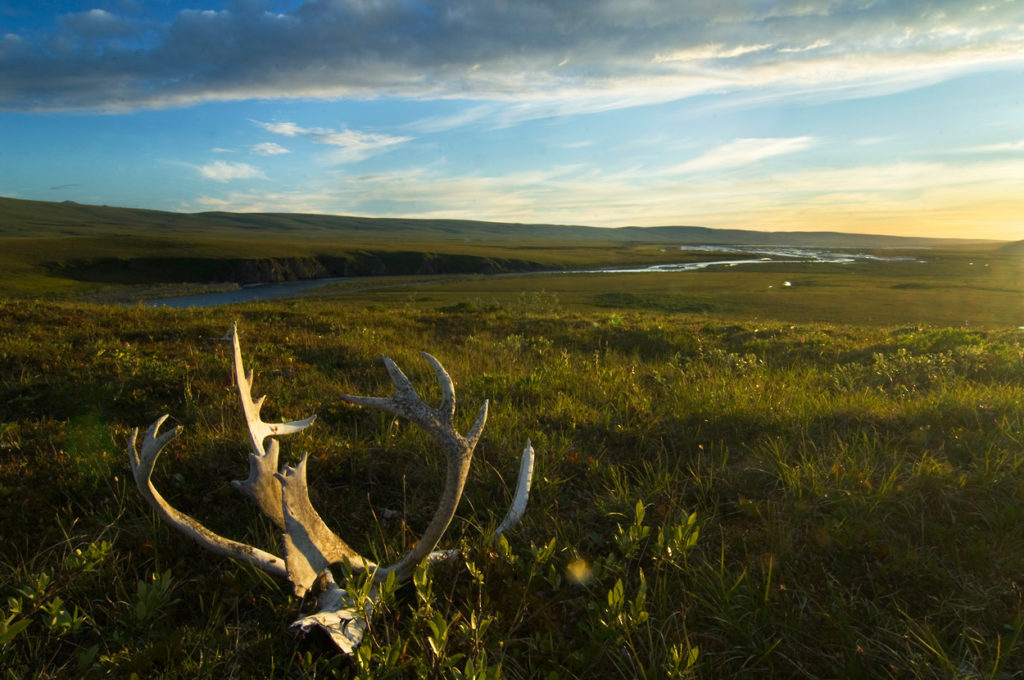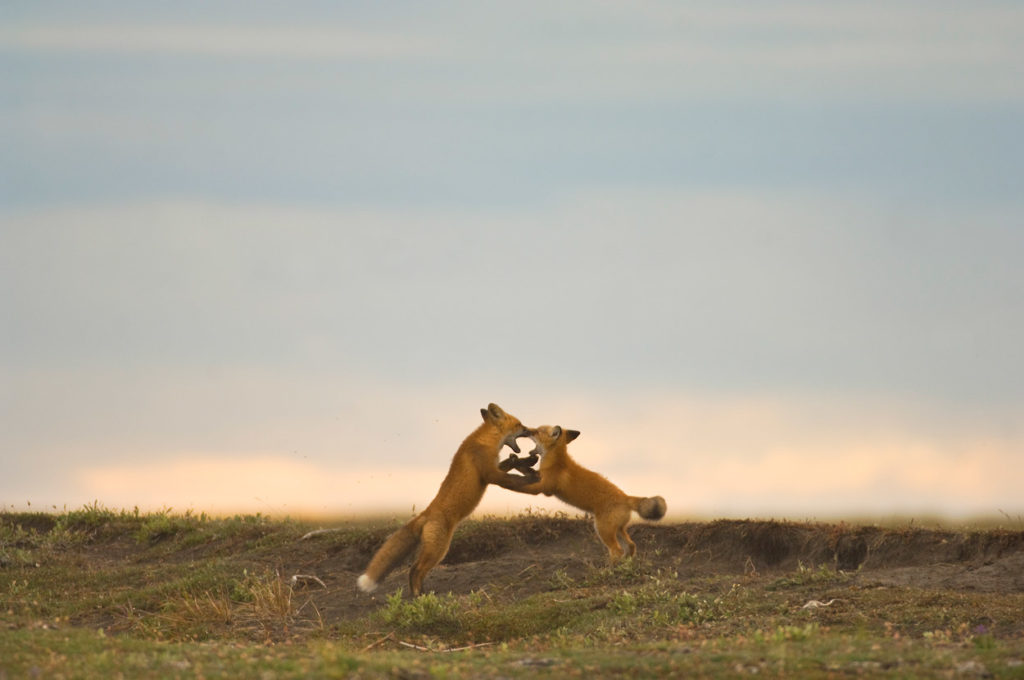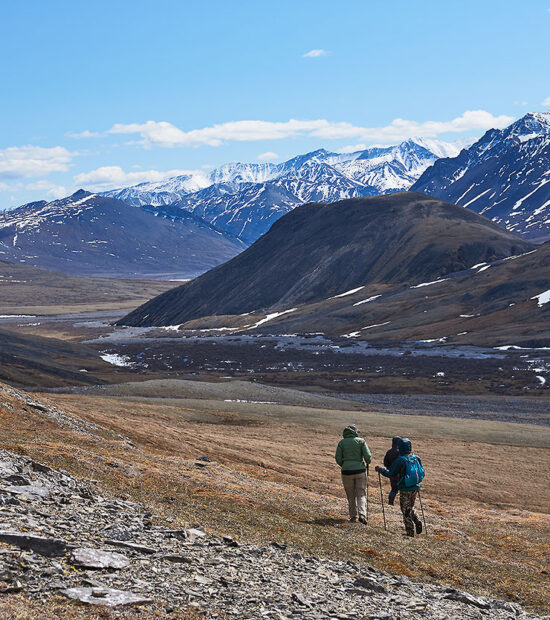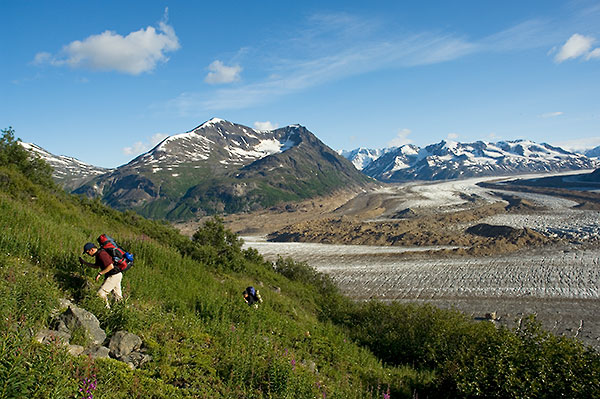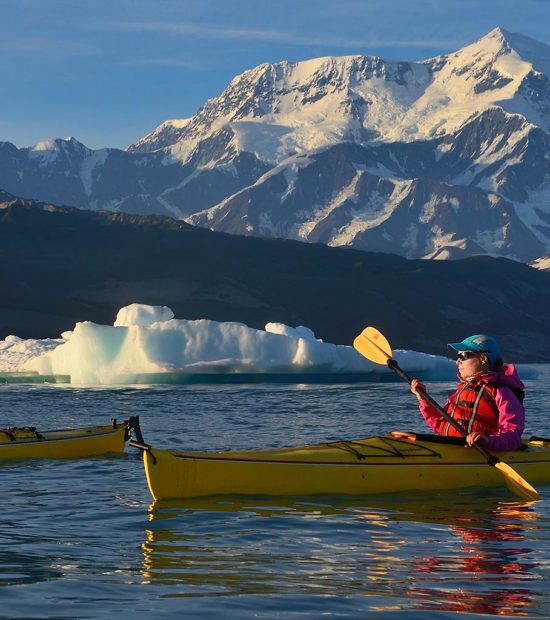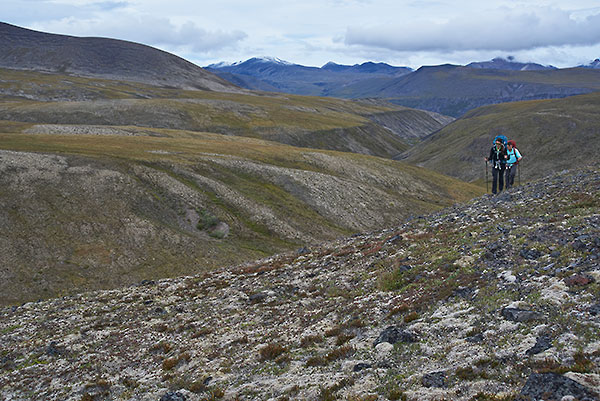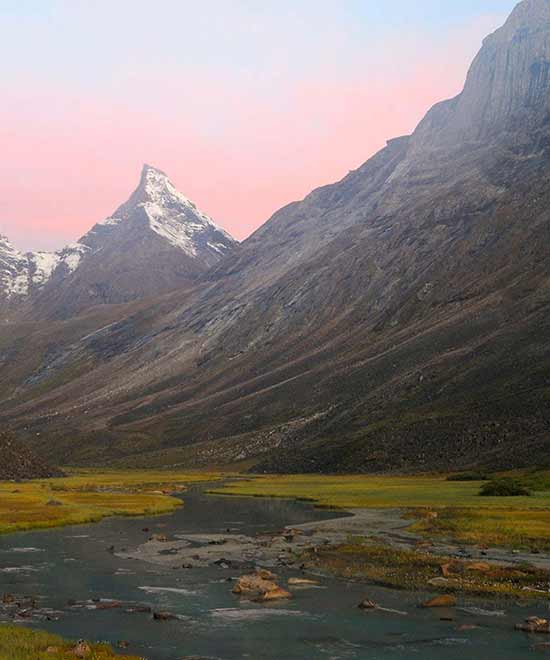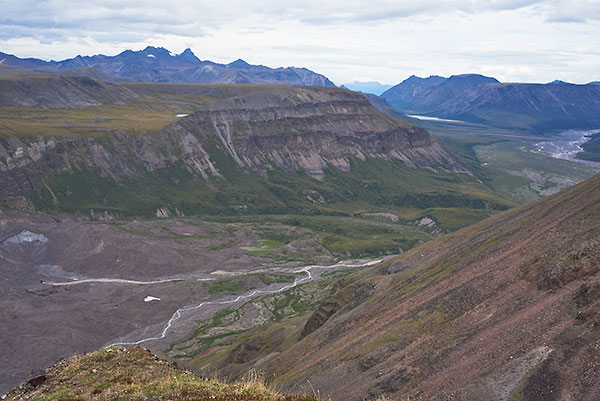Trip Logistics
We’ll meet in Fairbanks and travel north up the Dalton highway to Coldfoot, at the beginning of the Brooks Range. Spend the night in Coldfoot before flying in a chartered air taxi the following morning to our landing strip on the headwaters of the upper Marsh Fork River.
From here we raft the Marsh Fork to the Canning, down the Canning and on to the coastal plain where we float almost to the Arctic Ocean. On our pickup date we fly back to Coldfoot where we’ll enjoy hot food, a shower and a relaxing evening before the drive back to Fairbanks the following day.
Trip Options
This trip is somewhat variable, depending on the year. We can do a shorter or a longer trip. We float all the way from headwaters to the sea or shorten it on either end. The actual paddle from top to bottom is a good 7-8 days floating time. It’s possible to spend 10-12 days and take more time for day hikes and explorations and photography along the way.
Packrafting option is available if you’d rather. This works well for a shorter trip, and/or a combination backpacking/packrafting route. Inquire for details.
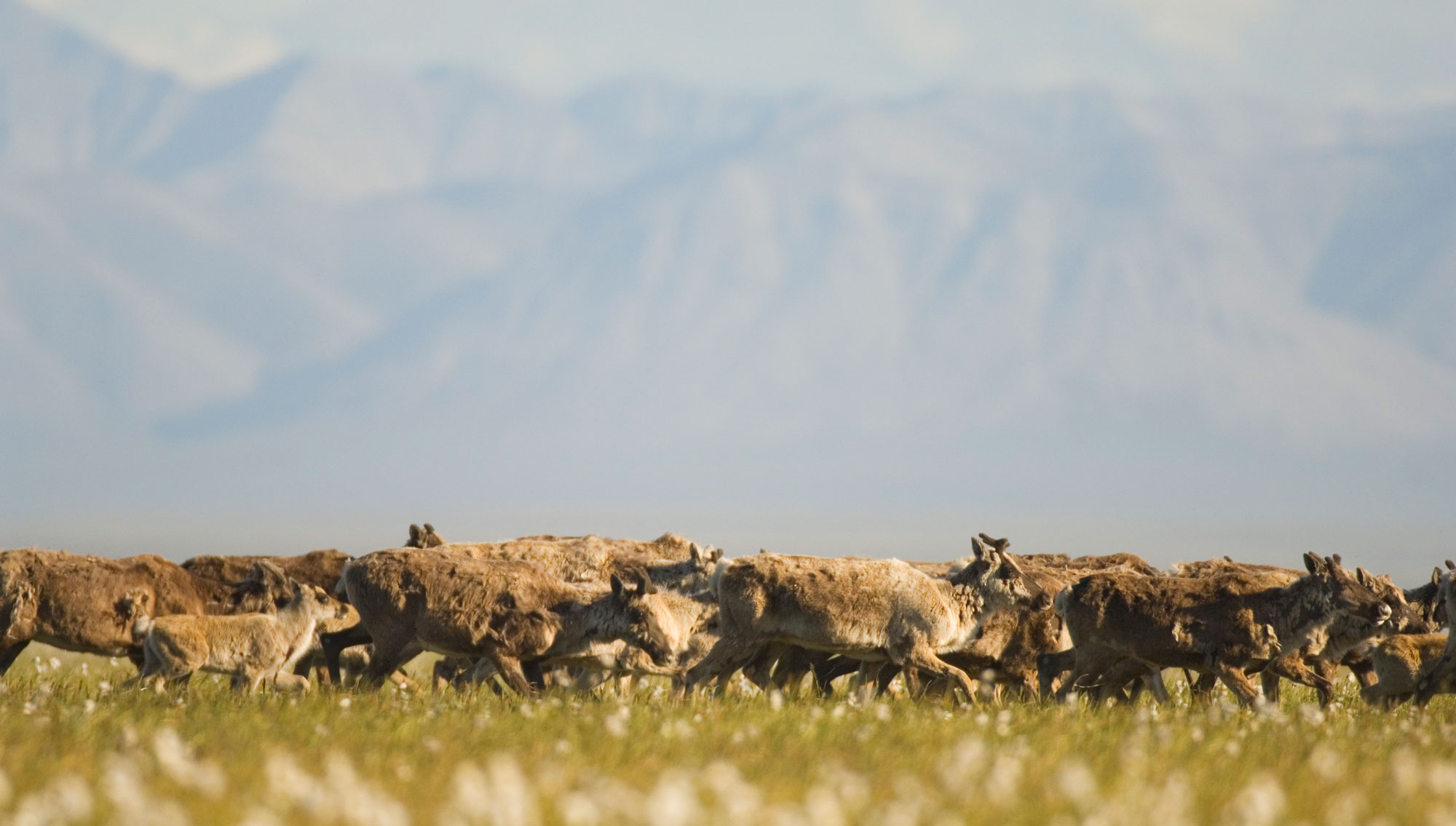
A Great Guide!
“Rafted with Expeditions Alaska 7/8/13 to 7/21/13 in the Arctic National Wildlife Refuge. Carl Donohue (Owner/Guide) is a great guide and host. He was knowledgeable and well prepared. 13 days in Alaska’s most remote wilderness without any glitches. Carl offers a variety of guided trips all of which are quite unique. Carl’s trips are for the true outdoors person. I will go with Carl again hopefully fall of 2014.” – Trumen B, California.
The Paddling
Generally mild Class I and II water. Some sections of Marsh Fork can run swift, and at high water, a low Class III is possible. Most of the Canning is slow moving calm flat water.
The biggest challenges paddling are the lower water in the Upper Marsh Fork and the lower Canning River. It’s not uncommon to encounter strong onshore headwinds out of the arctic that can also make the paddling harder out on the coastal plain. It’s not technical paddling, but making headway against strong winds is hard work.

